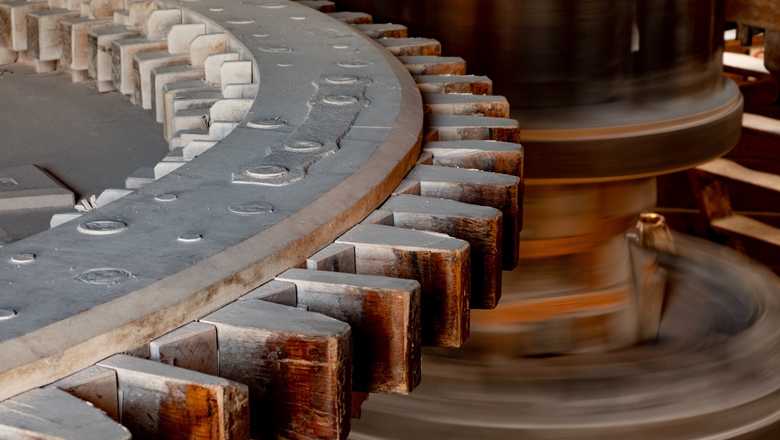If you don’t know much about steampunk, you probably think this literary genre is just science fiction set in Victorian times. But there’s more to it than that.
I love me a bit of steampunk – so much so that I wrote my MA dissertation on it. Sure, steampunk is influenced by the work of science fiction writers like HG Wells and Jules Verne. But nowadays it can be found under the umbrella of other speculative fiction genres, too.
The Anubis Gates by Tim Powers is undeniably a fantasy novel as well as being a steampunk classic, and Alan Campbell’s Scar Night is a horror novel with steampunk DNA.
Steampunk is a contemporary take on a past era
Steampunk isn’t just science fiction set in the Victorian period. If it were, The War of the Worlds would be steampunk, when it’s just straightforward science fiction.
As Ann and Jeff Vandermeer point out in the foreword to their excellent anthology Steampunk II: Steampunk Reloaded, the genre began in the twentieth century. The term itself was coined in 1987 by the author KW Jeter to describe his ‘Victorian fantasies’, a series beginning with the novel Morlock Night.
So, a defining feature of steampunk is that it channels the contemporary author’s fantasies, ideas and aesthetic impressions of the Victorian era.
(Although I’d argue that contemporary steampunk is not purely Victorian.)
By this definition, The Massacre of Mankind, Stephen Baxter’s 2017 sequel to The War of the Worlds, might count as steampunk, whereas the original could not.
The steampunk aesthetic
Plenty of people embrace steampunk style without even knowing about its literary roots. This isn’t surprising, because steampunk literature is full of vivid description of clothing, technology and manners, so much so that these things deserve a life outside literature.
Consider this passage from Steam, Smoke & Mirrors by Colin Edmonds, describing a magician’s props:
These conjuring contrivances, the cabinets and such like, all had a solid industrial muscularity about them. Vivid colours, fringed with gold, all swathed in shining cogs, brass and copper pipework, brown leather or gothic green ironwork, superbly reflected the substance, beauty and technical innovation of this forthcoming new Millennium.
In short, if you’ve got brass, copper, gears, levers and cogs, you’ve got the steampunk aesthetic.
The dark side of the steam
One of the problems with loving the aesthetics of times past is that these often exclude anyone who isn’t white, middle class and cis-normative. If that is indeed your aim as an author, I’m not here to lecture you.
But if you prefer to write inclusive steampunk it’s a good idea to think about these pitfalls and about the tone you do want to achieve.
The Vandermeers’ excellent compilation is a good place to start researching the potential of progressive steampunk. And Michael Moorcock’s Nomad of the Time Streams series has an explicitly democratic, anti-paternalistic agenda.
Team Verne or Team Wells?
We’ve established that modern steampunk is a pastiche of, or homage to, classic science fiction by Jules Verne and HG Wells. But – apart from lavish descriptions of port holes, rivets and airships – what does this mean for the writer?
In his audio lecture course Masterpieces of the Imaginative Mind, Professor Eric Rabkin compares and contrasts the approaches and themes favoured by the two great authors.
Verne
- Wrote about extraordinary voyages and featured amazing inventions
- Produced social satire (often based on national stereotypes)
- Featured (and mocked) characters who used science to refashion the world outside Europe in the image of home
Wells
- Wrote about epic travels, but his true talent was in imagining ever more startlingly new inventions. He did invent the time machine, after all
- Used fiction to produce probing social critique on the themes of culture, class and colonialism
- Aimed to change his readers for the better, and improve the future
You could take sides, of course, or you could (as Wells might have hoped) work with the best of both worlds.
Narrative structure and steampunk
Using Orson Scott Card’s ‘MICE’ acronym (where each story is driven by Milieu, Ideas, Character or Events), steampunk fiction is all about about milieu.
This means that your story really ramps up as your lead character encounters a strange new world and ends when they leave it.





